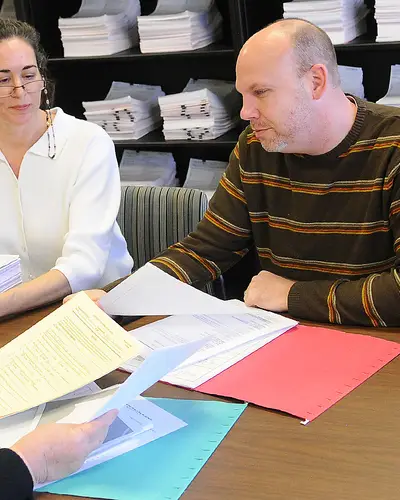Life-changing, effective treatments to break the cycle of substance use
More than 24 million people in the United States over the age of 12 met the criteria for a drug-related substance use disorder (SUD) in 2021, according to the National Survey on Drug Use and Health. Of those, only about 10% received treatment for their SUD in 2021.
The continued stigma of substance use is a contributing factor to the reluctance to seek treatment for millions of Americans. Research has shown that stigma negatively impacts the health outcomes of people struggling with addiction and leads to substandard care in clinical settings.
However, SUDs can be treated effectively through a combination of medication, behavioral therapy, and counseling—making full recovery possible.
Medications for opioid use disorder (MOUD)—including buprenorphine, methadone, and naltrexone—are a particularly powerful tool for treating substance use, as studies have proven it to reduce death rates by nearly 50%. Despite the ability of MOUD to curtail substance use mortality, these medications remain underutilized due to lack of knowledge among health care providers and insufficient availability.
RTI researchers are utilizing numerous methodologies to gather key data, conduct essential research, and help inform data-driven public policies to promote access to evidence-based treatments.
To improve the availability of state-level data that measures the effectiveness of opioid use disorder (OUD) treatment, RTI expert Tami Mark, PhD, collaborated with The Pew Charitable Trusts to develop an implementation toolkit. The core measures highlighted in the toolkit follow the “cascade of care” framework and can be used to identify which OUD treatment programs are working well and which need additional resources.
Our team of multidisciplinary researchers are performing economic evaluations of substance use treatment to inform public policy changes. In a recent study, RTI researchers found that expanding Medicare coverage to include SUD treatment would cost $1.9 billion but would then save $1.6 billion annually through reduced health care spending. This change would result in a total impact of $362 million per year, or 0.04% of the total Medicare budget, while granting millions of Medicare enrollees struggling with addiction access to life-saving treatment.
With decades of experience as a foundation, RTI’s experts are continually researching strategies to improve SUD treatment and promote full recovery. Learn more about how we can support you in developing, improving, and evaluating substance use treatment programs.
Subscribe to the Substance Use and Opioid Newsletter to receive the latest research insights
Related Projects
Developing Effective Medications for Alcohol Use Disorder
Read More about Developing Effective Medications for Alcohol Use Disorder


























